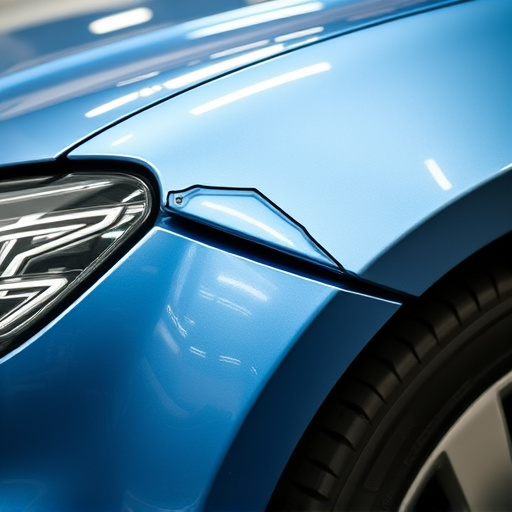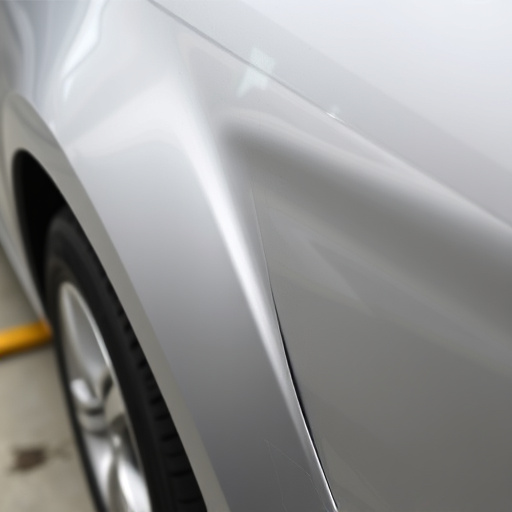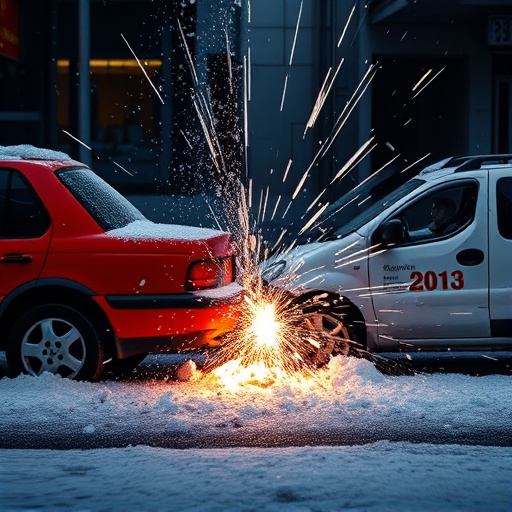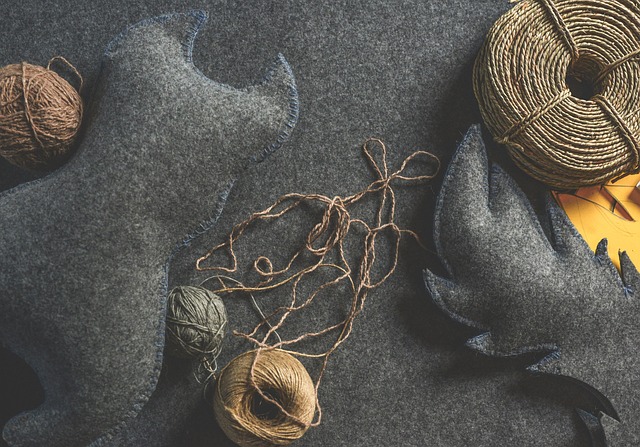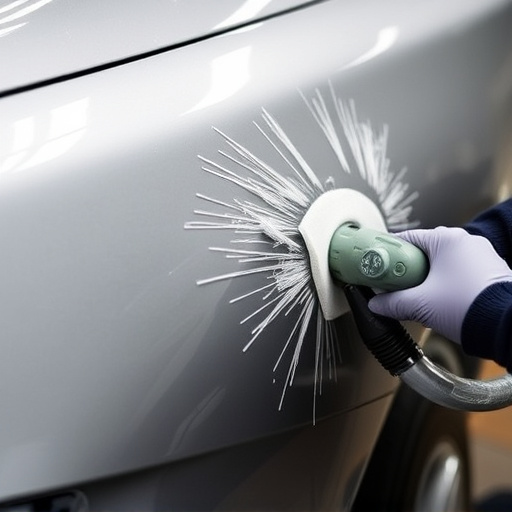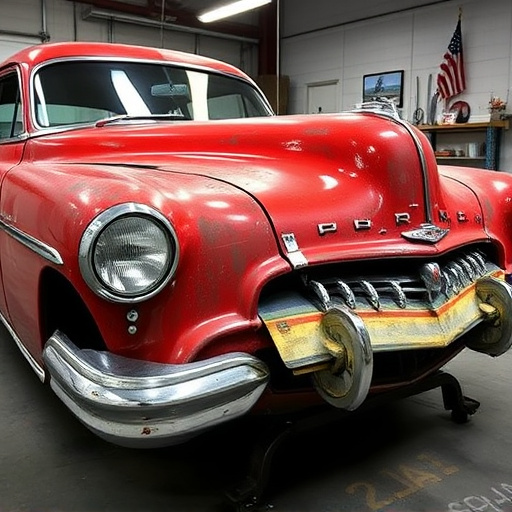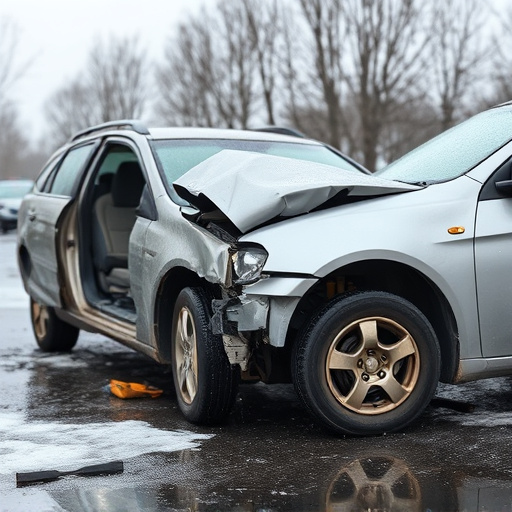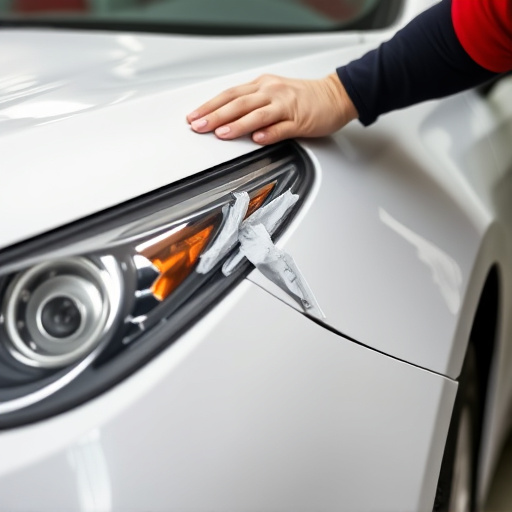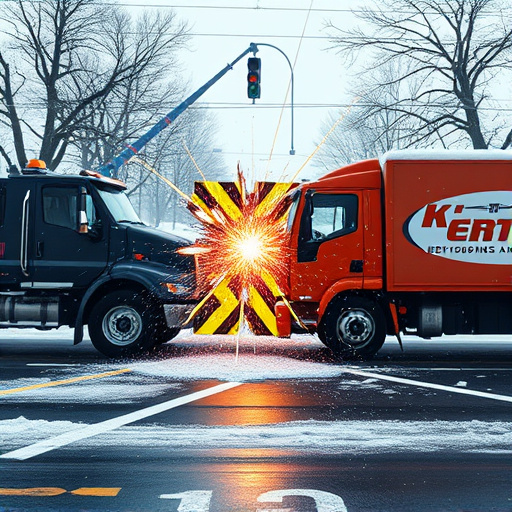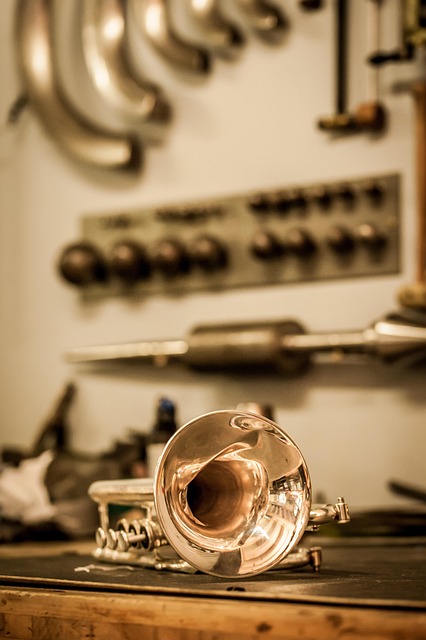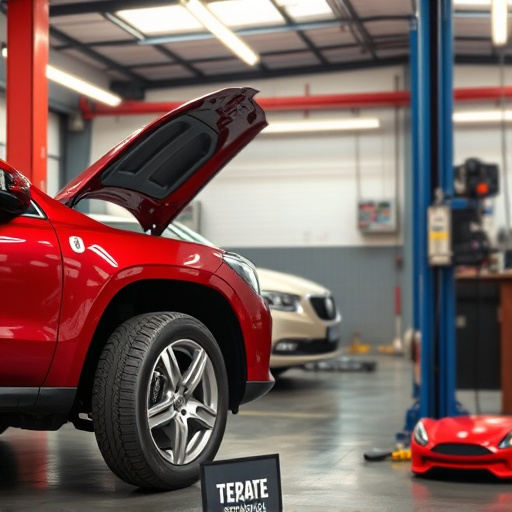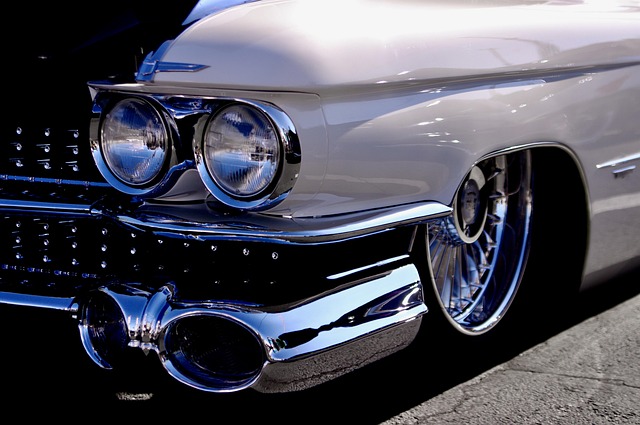Restoring vintage vehicles after a collision demands specialized skills and knowledge. It involves sourcing authentic parts, meticulous damage assessment, and careful reconstruction to maintain historical integrity while adhering to modern safety standards. Skilled restorers balance repair with preservation, using period-correct parts and advanced techniques to ensure the vehicle's authentic look and function, preserving its place in automotive history.
“Uncovering a classic car’s hidden beauty involves an artful dance between preservation and repair after a vintage vehicle collision. This guide navigates the unique challenges of restoring these historical gems, from assessing damage to meticulous rebuilding. We explore authentic preservation techniques that keep the car’s original character intact while ensuring structural integrity. By understanding these steps, folks can appreciate the intricate process of transforming a vintage vehicle collision victim into a symphony of restored elegance.”
- Understanding the Unique Challenges of Vintage Restoration
- Step-by-Step Process: From Damage Assessment to Rebuilding
- Authentic Preservation: Techniques for Keeping History Intact
Understanding the Unique Challenges of Vintage Restoration
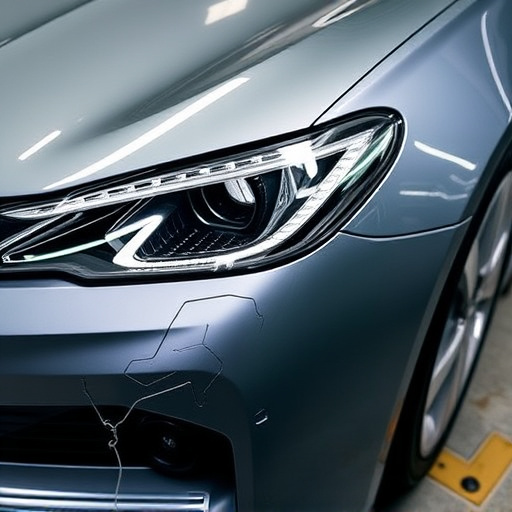
Restoring a vintage vehicle is an art that requires specialized skills and knowledge. Unlike modern cars, these classic vehicles often have intricate designs, delicate finishes, and unique construction methods, presenting several challenges for restorers. One of the primary concerns with vintage vehicles is the availability of original parts; finding exact matches can be difficult, leading to creative solutions or custom fabrications.
Additionally, the process of collision repair on these older cars demands meticulous attention to detail. Even minor scratches or dents need precise handling to maintain the vehicle’s historical integrity. Auto collision centers specializing in vintage restoration employ techniques that preserve the car’s original character, using specialized tools and methods for car bodywork repairs, ensuring a harmonious blend of old-world craftsmanship and modern precision.
Step-by-Step Process: From Damage Assessment to Rebuilding
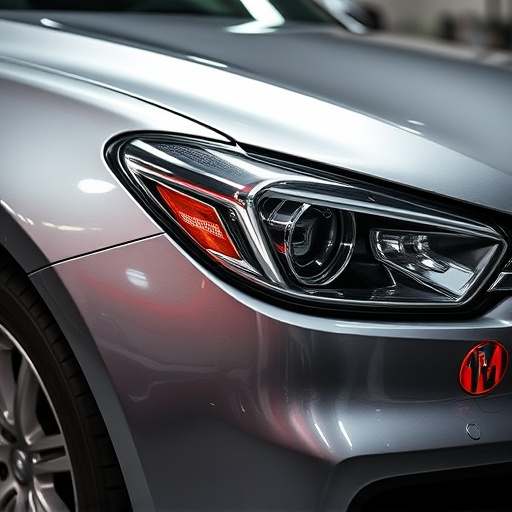
Restoring a vintage vehicle is an intricate process that demands precision and expertise. It begins with a thorough damage assessment, where skilled technicians meticulously examine every inch of the car, identifying areas affected by the collision. This step is crucial in determining the extent of repairs required for each component, from body panels and frames to interior and mechanical systems.
Once the assessment is complete, the actual rebuilding process starts. The team will begin with dent removal, ensuring every curve and contour is returned to its original form. For Mercedes Benz repair, or any other make, this might involve using specialized tools and techniques tailored to the vehicle’s unique characteristics. After the body is restored, tire services may be needed to replace any damaged tires and wheels, ensuring the vehicle rolls smoothly once more. Every part is carefully rebuilt or replaced, bringing the vintage vehicle back to its former glory while also addressing any modern safety standards and regulations.
Authentic Preservation: Techniques for Keeping History Intact
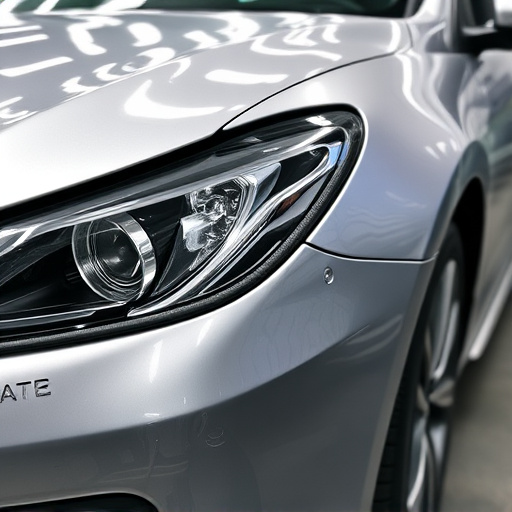
When it comes to authentic preservation, restoring a vintage vehicle involves a delicate balance between repairing and preserving its historical integrity. The goal is to keep as much of the car’s original parts and finishes intact while ensuring the safety and drivability of the vehicle. Skilled restorers employ specialized techniques like hand-blending and matching original pigments for car paint repair, carefully replicating the subtle nuances that define a vintage vehicle’s unique character.
In the realm of automotive collision repair, preserving history means understanding and respecting the car’s heritage. Collision damage repair should be performed with an eye towards minimizing changes to the vehicle’s aesthetic and structural integrity. This often involves sourcing period-correct parts, utilizing original design specifications, and applying meticulous craftsmanship to ensure the restored vintage vehicle not only looks authentic but also functions as it once did, maintaining its place in automotive history.
Restoring a vintage vehicle after a collision is a meticulous process that demands expertise and a deep appreciation for automotive history. By understanding the unique challenges, following a structured approach from damage assessment to rebuilding, and employing authentic preservation techniques, restorers can bring these classic cars back to their former glory while preserving their valuable historical significance. When navigating the complexities of vintage vehicle collision restoration, seeking professional guidance ensures the best possible outcome for these cherished automotive relics.

